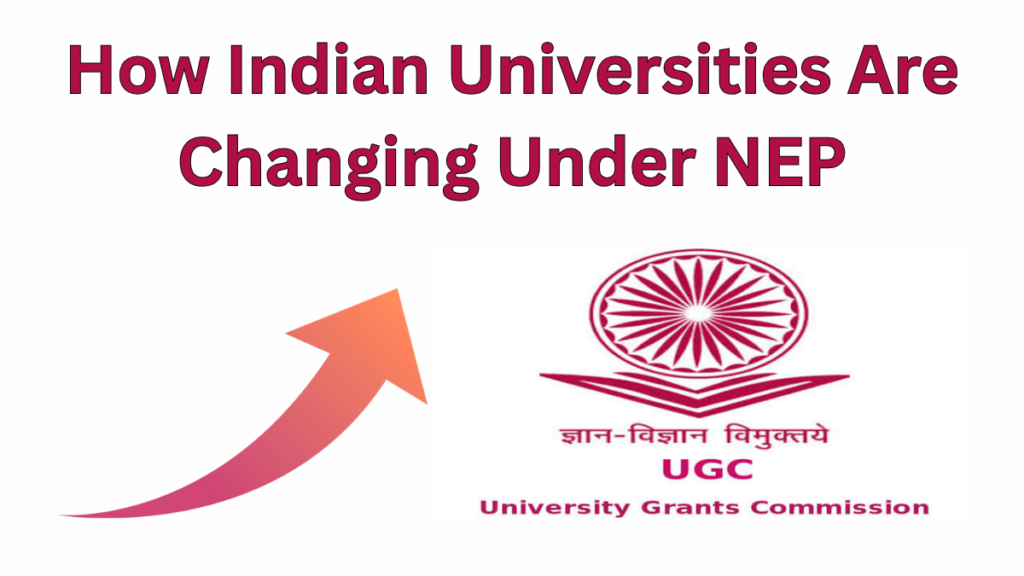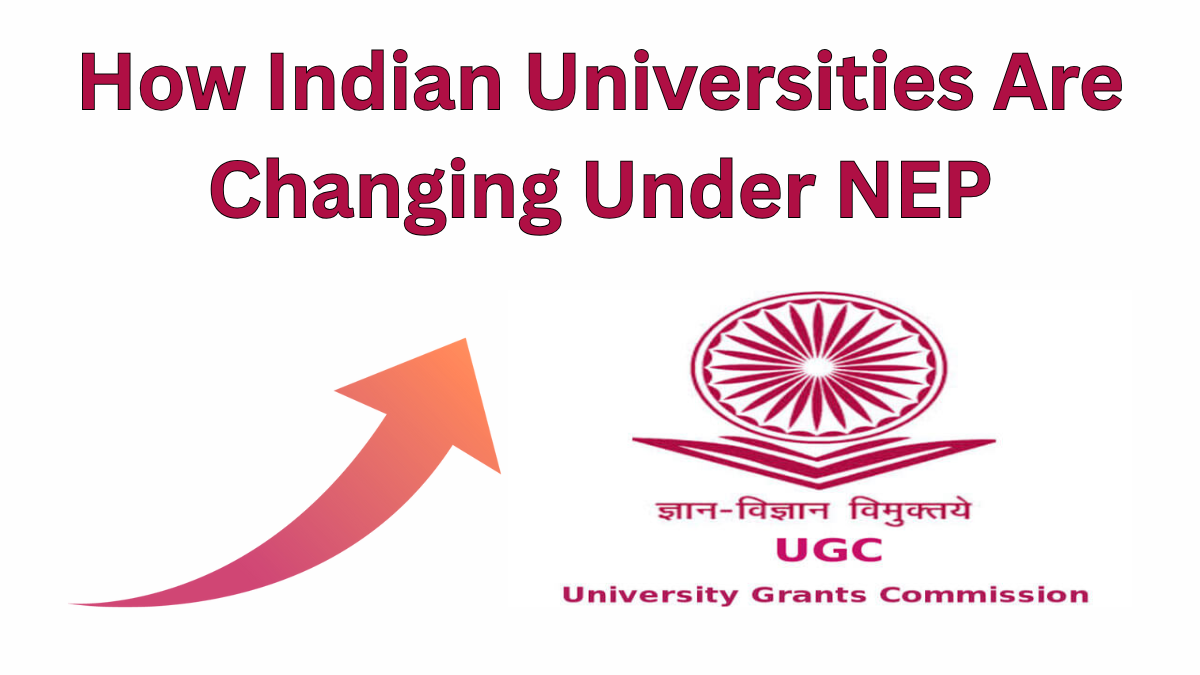The UGC 2025 Credit System Reform signals a landmark transformation in India’s higher education framework. Anchored in the vision of the National Education Policy (NEP), it’s geared towards enhancing academic flexibility, making learning more student-centric and future-ready.
So, what exactly is changing? And how will it affect students, teachers, and universities? Let’s break it down.

Why This Reform Matters?
Imagine being a student with interests in literature and computer science. Previously, this combination was hard to pursue. But under the ugc guidelines 2025 India, such combinations are not only possible—they’re encouraged.
The new university credit system is designed to:
-
Give students greater control over their education
-
Allow credit transfers between institutions
-
Promote interdisciplinary learning and flexibility
-
Introduce multiple exit options in degree programs
Key Highlights of the UGC 2025 Credit System
Here’s a side-by-side comparison of how things are changing under the new policy:
| Feature | Old System | UGC 2025 Reform |
|---|---|---|
| Credit Transfer | Limited and not standardized | Seamless via Academic Bank of Credits |
| Curriculum Flexibility | Rigid, stream-specific | Interdisciplinary and modular |
| Course Duration | Fixed (mostly 3 or 4 years) | Multiple entry/exit options available |
| Graduation Requirements | Varies across institutions | Unified and standardized credit benchmarks |
| Skill Integration | Limited vocational exposure | Strong focus on practical and soft skills |
The Role of the Academic Bank of Credits (ABC)
At the center of the ugc guidelines 2025 India is the Academic Bank of Credits—a digital platform designed to track and store your academic progress.
How it works:
-
Every course you complete adds credits to your digital academic bank
-
You can pause your education and return later without losing credits
-
You can switch institutions and still retain your academic record
-
It makes lifelong learning more realistic and accessible
This is a major step toward promoting academic flexibility across the Indian higher education system.
Entry and Exit Options Redefined
With the updated university credit system, students no longer have to commit to a full 3- or 4-year program from the start. They can enter or exit at various stages without losing recognition for their completed work.
Here’s how the new exit framework works:
| Duration Completed | Qualification Awarded |
|---|---|
| 1 Year | Certificate |
| 2 Years | Diploma |
| 3 Years | Bachelor’s Degree |
| 4 Years | Bachelor’s with Honours or Research |
This flexible structure encourages students to pursue higher education at their own pace—especially useful for those who need to take breaks for work or personal reasons.
Impact on Indian Universities
Indian universities are adapting to these changes in several significant ways:
-
Updating curriculum structures to be credit-based and modular
-
Introducing interdisciplinary courses and elective options
-
Ensuring course credits are transferable across universities
-
Focusing more on project-based and skill-based evaluations
-
Integrating with the Academic Bank of Credits platform
The entire educational ecosystem is moving toward being more student-friendly and globally aligned.
Benefits for Students
Students stand to gain immensely from these reforms. Some of the key advantages include:
-
Flexible learning paths across disciplines
-
Freedom to study at one’s own pace and pause/rejoin as needed
-
More control over educational and career planning
-
Easier transition between colleges and universities
-
Enhanced focus on both academic and professional skills
FAQs
Q1. What is the UGC 2025 Credit System all about?
The reform focuses on standardizing credit requirements and introducing academic flexibility so students can pursue customized learning paths aligned with their interests and goals.
Q2. Can I transfer credits between universities now?
Yes. Through the Academic Bank of Credits, students can transfer earned credits from one institution to another, promoting a more flexible and inclusive university credit system.
Q3. Are private universities also required to follow these reforms?
Yes, all recognized higher education institutions—both public and private—are expected to align with the ugc guidelines 2025 India.
Q4. Will I lose my credits if I leave a course midway?
No. You can leave a course after completing a year or two and still receive a certificate or diploma. Your credits will be safely stored in the ABC system for future use.
Final Thoughts
The UGC 2025 Credit System Reform is a bold step toward transforming the Indian education system into one that’s more inclusive, flexible, and globally competitive. By aligning with international standards and emphasizing academic flexibility, the university credit system in India is being reimagined to meet the diverse needs of students in the 21st century.
Whether you’re a student planning your next move or a parent trying to understand the evolving system, this reform offers hope for a more adaptable and student-friendly future in education.
Click here to learn more
